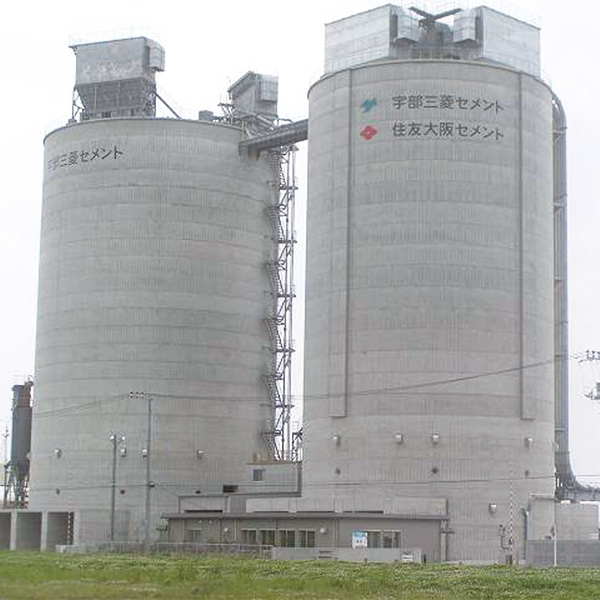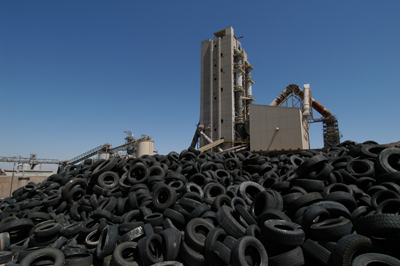
#MITSUBISHI CEMENT VEZER DRIVERS#
North American profit is likely to offset rising expenses for truck drivers stemming from labour shortages, beating the forecast the company had made at the start of its fiscal year.įor the April - September 2015 period, the strength in the North American cement business will likely help the company's group operating profit reach US$284m, comparable to the same period of 2014 and roughly in line with its forecast. Cement demand in southern California is projected to grow by 10% in 2015 and Mitsubishi Materials expects to raise its prices by a few percent. North American demand for concrete and cement has increased thanks to the construction of housing and commercial facilities, mainly in southern California, where the company's US headquarters is based. The business accounts for nearly 20% of its consolidated operating profit. The North American cement segment's operating profit is expected to be around US$115m, up by 10% year-on-year. US: Mitsubishi Materials will likely enjoy a higher-than-expected profit in its North American cement operations in the year that ends in March 2016, due to brisk demand for cement and ready-mix concrete. In this context, it’s no surprise that Japanese cement producers are blaming the government for insufficient infrastructure spending. Too much reliance on exports is always dangerous. The other risk is if the US authorities decide to get tougher on foreign exports it may knock out one more market for Japanese exports. Although commentators such as Ad Ligthart dismiss the chances of China flooding the world with cheap cement, if they are wrong and Japan continues its reliance on exports it may find itself in deep water. However, being a major exporter in a region of major cement producers must be a concern. On-going weak demand in China though cuts out one major market for Chinese exporters. Increasing exports in Asia Pacific among other massive exporters such as China, Vietnam and South Korea is impressive, although the prominent foothold by Japanese companies in the recovering US market may offer some advantage here. Ditto Sumitomo Osaka Cement.Īs highlighted by such decision as Tokyo Cement's move to resume exporting clinker to Sri Lanka in early 2015, Japan's cement industry is working hard to compensate for falling demand at home. Mitsubishi Materials blamed the poor market on a delay in construction work mainly due to labour shortages and sluggish growth in demand from the public sector. Mitsubishi Materials has posted a similar picture with cement sales and profits rising in 2016 before suffering in the first quarter of 2017.

Sales volumes were 14.7Mt domestically and 4Mt in exports in 2016. This follows a slight rise in net sales for its cement business in its 2016 financial year due to a boost in sales from its overseas subsidiaries, particularly in the US, that surpass a fall in domestic sales. Taiheiyo's downgraded forecast follows poor first quarter results, in which its net sales for its cement business fell by 16% to US$1.19bn. Graph 3: Cement production capacity share in Japan (Mt). According to Global Cement Directory 2016 data, Taiheiyo Cement and its subsidiaries is the market leader with over 30% market share with the other three holding 10 - 20% each. Japan's cement market is dominated by four producers - Taiheiyo Group, Mitsubishi Materials, Ube Industries and Sumitomo Osaka Cement - which hold nearly three quarters of the nation's production capacity between them. Graph 2: Cement production in Japan, 2006 - 2015. Production too has started to drop since 2014 (Graph 2). Unfortunately, this overall rise in exports has been matched by a fall in domestic sales at the same time and this is causing a headache for the major producers. Commentators have attributed the boost in exports to the devaluation of the Yen in 2015 as well as strong brand perception overseas.

Both of its cement plants are based in the south of the country. Ube's different experience may arise from its market mix and its distribution of cement plants and transport infrastructure.


So far this trend looks likely to continue in 2016. As can be seen in Graph 1 JCA figures show that exports of cement have been rising since 2013. This last point is interesting because it differs from the latest data released by the Japanese Cement Association (JCA). Graph 1: Domestic and export cement sales in Japan, 2006 - 2015. Both producers blamed poor weak demand locally, but Ube also cited a poor export market. Then, Ube Group reported that its cement sales had fallen by 7.2% year-on-year to US$1.05bn in the first half of its financial year. First, Taiheiyo Cement revised its forecast for its 2017 financial year, ending on 31 March 2017, bringing its estimated net sales down by 2.3%. Two of Japan's largest cement producers have reported reduced domestic cement sales in the country this week.


 0 kommentar(er)
0 kommentar(er)
